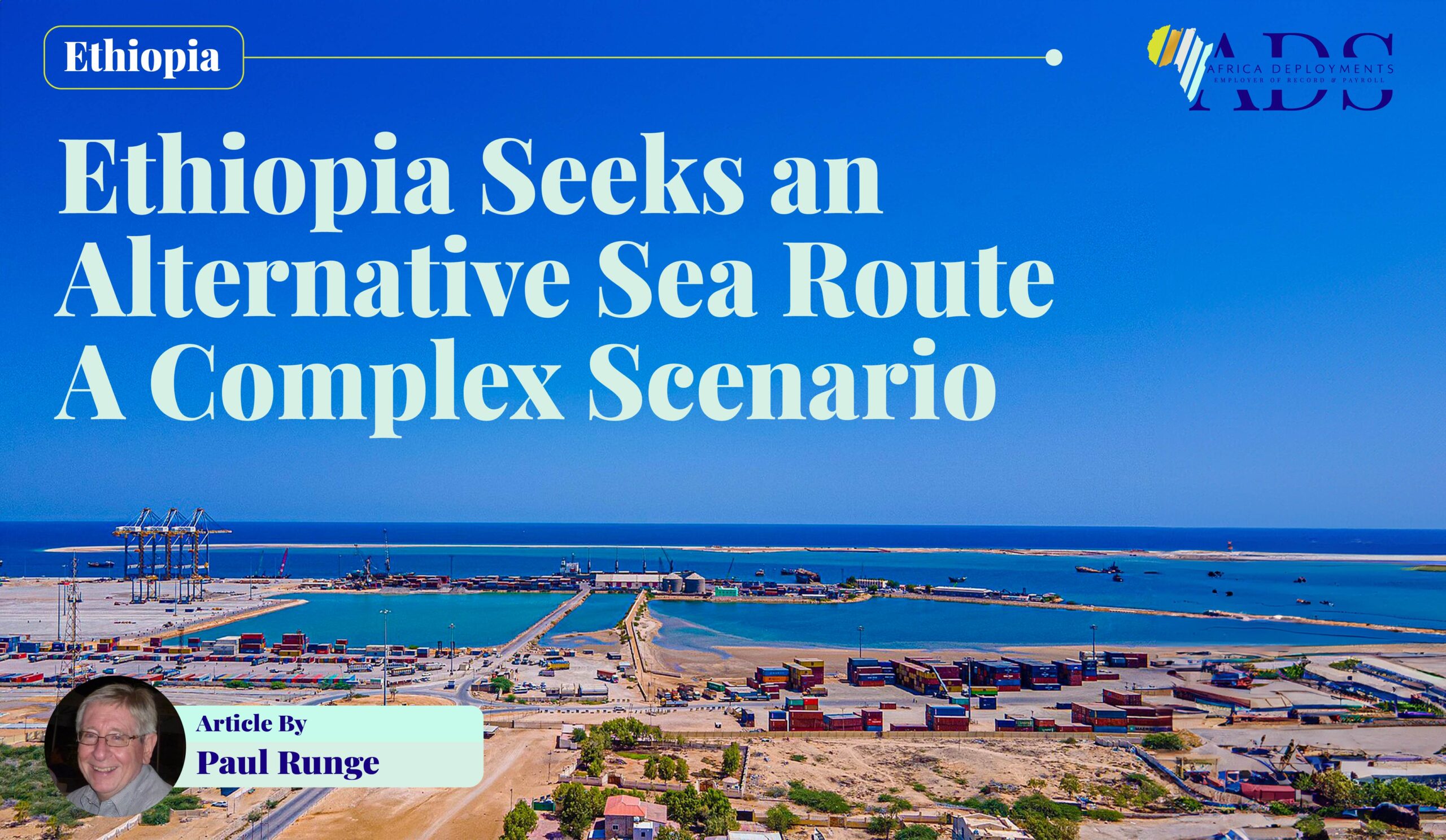
Namgola: Development of Southern Angola and Northern Namibia into a Significant Economic Region
A new trade route and ‘Namgola’…
I was sitting on the stoep of a home on the outskirts of Windhoek enjoying a few sundowners with a Namibian consulting engineer. Although informal, it was an important meeting. His company had recently completed a feasibility study on a south-north trade corridor that would extend from Walvis Bay, through Windhoek and northern Namibia, and into southern Angola. I was particularly keen to learn more on this initiative, because most African trade corridors run east-west rather than north-south. This new trade route seemed to hold promise.
Many of my South African clients were telling me that while Namibia was a relatively easy market with the strong advantage of proximity, it was small. Oil-rich Angola, was their target. After all, Namibia only had a population of around two million, while its northern neighbour registered about thirty million. Could Namibia, with its excellent land transport infrastructure, not serve as an effective trade route into southern Angola? Would the Oshikango/Santa Clara border not be an ideal transit point?
My Namibian friend and I were referring to the potential of ‘Namgola’ – the colloquial name for the area comprising northern Namibia and southern Angola.

Improved Namibia/Angola economic relations…
There are important differences between Namibia and Angola. Apart from substantially different population numbers, they have different colonial heritages. As a former Portuguese colony, Angola’s legal system is strongly influenced by Portuguese law, whereas Namibia, (administered for many years by South Africa), practises a hybrid of Roman-Dutch, English and customary law. The official language difference, (English and Portuguese) is obvious, and can have implications for bilateral exchanges.
The two countries have signed about 40 bilateral agreements, with most of these concluded in recent years. In August 2023, they agreed on collaboration in the energy, oil and gas industries. This was a particularly important agreement, in that Namibia (as a ‘new’ oil country) can learn much from Angola (as a longstanding, major oil producer). Another important agreement pertained to water supply in the Cunene River border area.

Bilateral trade and the importance of the Oshikango/Santa Clara border post…
The countries share a common border of 1 376 kilometres extending from the Atlantic Ocean to the Zambezi River. Oshikango is the Namibian border town adjoining to Santa Clara in Angola. This is the main inland border point.
Bilateral trade is relatively small. According to the United Nations COMTRADE database, Namibia exports to Angola totalled a little over US$50 million in 2022. Over recent years, there has generally been a small decrease of around 4% per annum in the value of Namibian exports to Angola. In 2022, Angola’s exports to Namibia totalled about US$ 69 million, (a big jump from US$19 million in 2021). While Namibian exports include the expected items such as animal and agricultural produce as well as hardware and furniture, they also include machinery and electronic equipment. There is substantial transhipment from South Africa of the latter categories. Much of Namibian supply to Angola is shipped from Walvis Bay.
There are a number of border posts, including Ruacana, Rundu and Katwitwi. However, the Oshikango/Santa Clara post is the busiest and most important, because it lies on the main road route to the key southern commercial centre of Lubango in southern Angola. Oshikango has recently been linked to the Namibian rail system following completion of the Tsumeb-Oshikango northern extension rail line.

Trade flourishes and then declines…
During the first two decades of this century, commercial activity at the border post increased significantly. Pick n Pay opened a store in Oshikango, but announced its closure in 2017. In 2008, Shoprite opened a store some 40 kilometres north of the border in Ondjiva, Angola. Mr Price and Pep Stores opened outlets in Oshikango. These South African retail chains supply South African products, but attempt to market locally produced goods too. Tira Hipermercado of Angola, Nosso Supermercado, and Avestruz Supermercado were among those who also established outlets in the area. A number of warehouses were built. Retailers began to engage in wholesale trade too. Oshikango, Santa Clara, and Ondjiva were described as vibrant trading hubs.
But Covid-19 struck and the border post was closed between 2020 and early 2022. After the re-opening, travellers reported seeing closed shops and near-empty warehouses. New Angolan government regulations and duties on imports of basic commodities (such as cement), inhibited the supply of products from Namibia. Some of the smaller distributors shut down. Businesses in Oshikango re-focused on the local Namibian market. As one visitor described it: “Oshikango has lost its Angolan flavour.”
A distinction must be made between formal and Informal trade. The latter is still thriving. The inhabitants on both sides have common ethnic identities, and since the days of colonisation, have been moving at will across many points along the many kilometres of border. The Namibian side has a wide range of available goods, and Angolans cross to purchase these and then return to resell at a profit.

Some major recent announcements on the prioritisation and revitalisation of Oshikango/Santa Clara border trade…
There have been a number of recent announcements that confirm prioritisation of this border post. In May 2022, Mocamedes Railway of Angola confirmed that it was conducting a feasibility study on a 300-kilometre rail line connecting southern Angola to northern Namibia. Namibia has already completed its feasibility study for linking the Angolan line to the line which ends in Oshikango. In March 2022, the Namibian government announced instructions for the fast-tracking of the initiative to convert Oshikango/Santa Clara into a one-stop border post. It added that the border post was to operate on a 24-hour/7-day basis.
Both government authorities have made numerous references to the economic vitalisation of the area through these improved transport logistics facilities.

A whispered word of caution from a Namibian friend…
Back on my Namibian engineer friend’s stoep. He drops some ice into my drink, leans back in his leather chair, and squints against the setting sun.
“One little piece of advice. I’ve been living here in Namibia for all my life and I know my people. When you South Africans come to make money from this Namgola thing, make damned sure that you involve local Namibian partners in a real way. Skipping over Namibia to get to the Angolan market is not a good idea, and we don’t like it. We’ve seen this happen too often. We know Angola more than you guys. You’ll do better working with us.”





